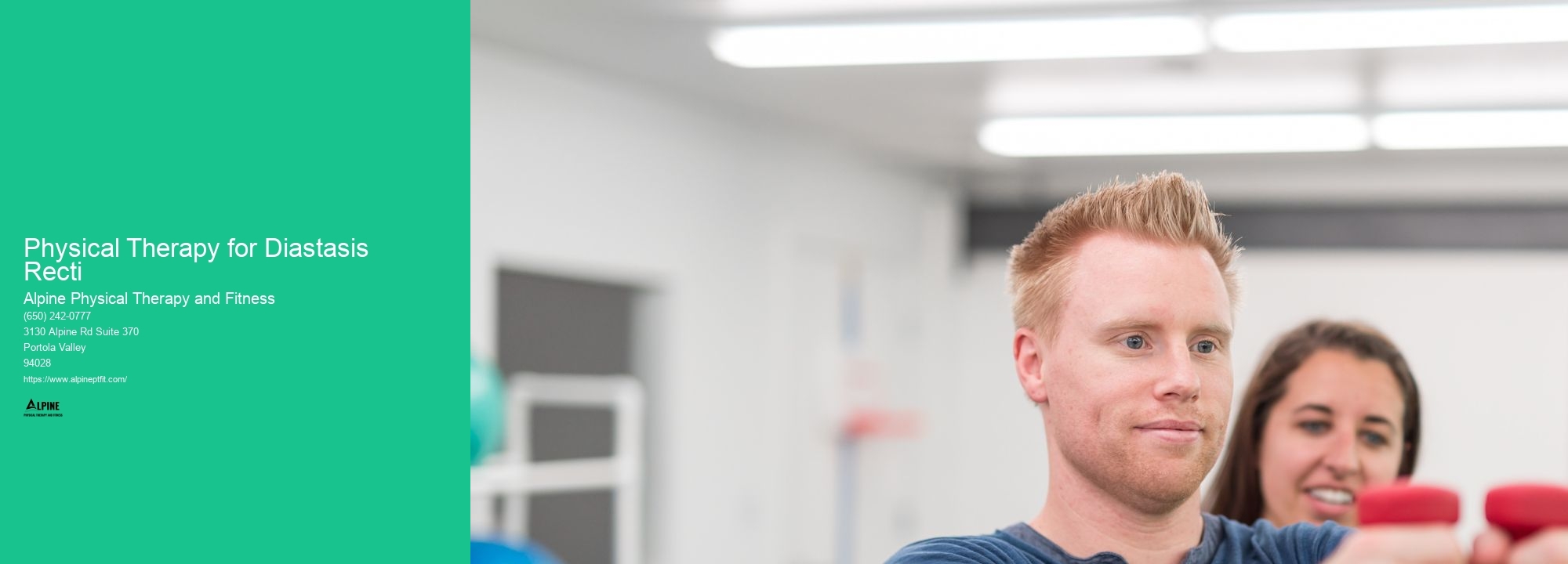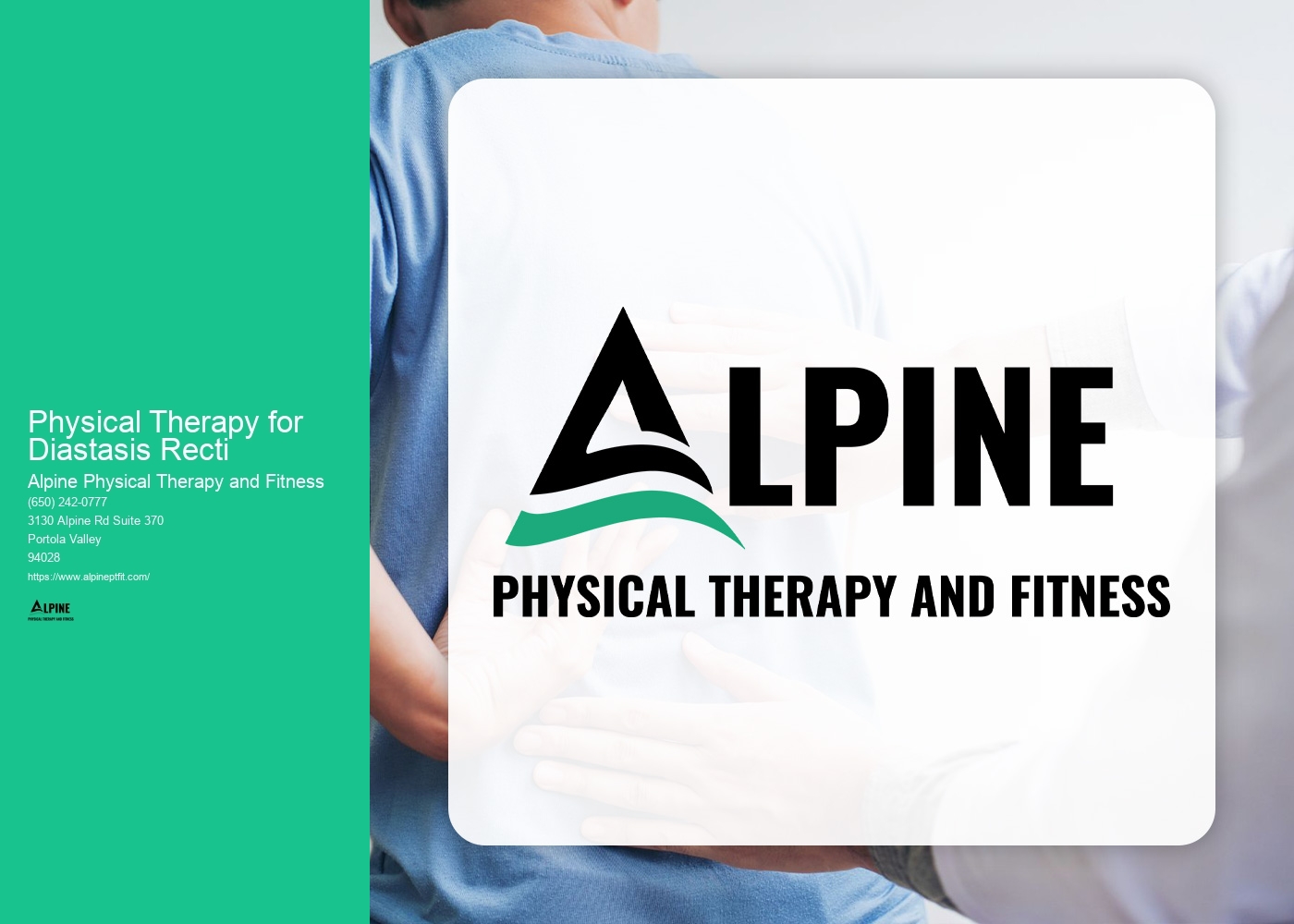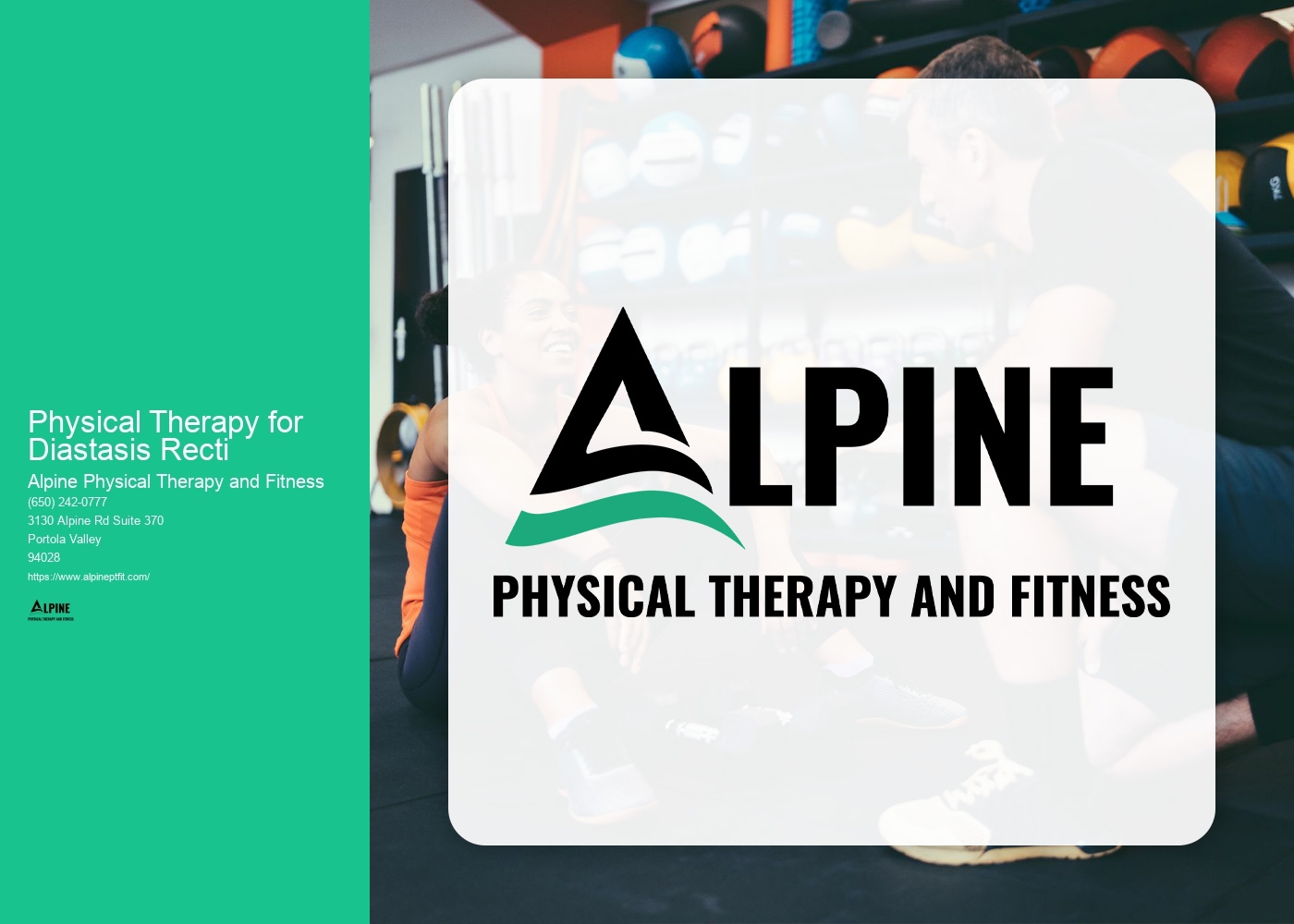

Diastasis recti is a condition that occurs when the abdominal muscles separate, causing a gap in the midline of the abdomen. It is most commonly seen in pregnant women and postpartum mothers, but can also occur in men and women who have experienced significant weight gain or abdominal trauma. The separation of the abdominal muscles can lead to a protruding belly and weakened core muscles.
The symptoms of diastasis recti include a visible bulge or ridge in the midline of the abdomen, especially when the person is engaging their core muscles or performing certain movements. Other symptoms may include lower back pain, poor posture, and difficulty with activities that require core strength, such as lifting heavy objects or performing certain exercises.
Diagnosing diastasis recti typically involves a physical examination by a healthcare professional. The healthcare provider will assess the width and depth of the separation between the abdominal muscles by palpating the midline of the abdomen. They may also ask the person to perform certain movements or exercises to further evaluate the condition.

Physical therapy can be an effective treatment option for diastasis recti. A physical therapist can provide specific exercises and techniques to help strengthen the abdominal muscles and close the gap. These exercises often focus on engaging the deep core muscles, such as the transverse abdominis, and may include movements such as pelvic tilts, abdominal bracing, and gentle core strengthening exercises.
There are several exercises that are commonly recommended for diastasis recti. These include exercises that target the deep core muscles, such as pelvic tilts, abdominal bracing, and transverse abdominis activation exercises. It is important to avoid exercises that put excessive strain on the abdominal muscles, such as traditional sit-ups or crunches, as these can worsen the condition.

The length of time it takes to see results from physical therapy for diastasis recti can vary depending on the severity of the condition and the individual's commitment to the exercises. In general, it may take several weeks to months of consistent exercise and rehabilitation to see significant improvement. It is important to work closely with a physical therapist to develop a personalized treatment plan and monitor progress.
During physical therapy for diastasis recti, there are some precautions and restrictions that should be followed. It is important to avoid any exercises or movements that cause pain or discomfort in the abdominal area. It is also important to avoid any activities that put excessive strain on the abdominal muscles, such as heavy lifting or intense core exercises. It is recommended to consult with a healthcare professional or physical therapist for specific guidelines and recommendations based on individual circumstances.

Yes, there are specialized therapies available for children with cerebral palsy. These therapies are designed to address the specific needs and challenges faced by children with this condition. Some of the specialized therapies include physical therapy, occupational therapy, speech therapy, and aquatic therapy. Physical therapy focuses on improving mobility, strength, and coordination through exercises and stretches. Occupational therapy helps children develop skills for daily activities such as dressing, eating, and writing. Speech therapy aims to improve communication skills, including speech and language development. Aquatic therapy utilizes the properties of water to provide a low-impact environment for movement and exercise. These specialized therapies are tailored to the individual needs of each child with cerebral palsy, helping them improve their quality of life and reach their full potential.
Physical therapy plays a crucial role in managing hip labral tears by providing targeted exercises and interventions to improve pain, mobility, and function. The therapist will design a personalized treatment plan that may include manual therapy techniques such as joint mobilizations and soft tissue mobilizations to reduce pain and improve joint mechanics. They may also incorporate therapeutic exercises to strengthen the surrounding muscles, improve stability, and restore normal movement patterns. Additionally, physical therapy may involve modalities such as heat or ice therapy, electrical stimulation, and ultrasound to further alleviate pain and promote healing. By addressing the underlying causes and symptoms of hip labral tears, physical therapy can help individuals regain optimal hip function and prevent future injuries.
The process of rehabilitating an athlete after an ACL tear involves a comprehensive and structured approach to ensure a safe and effective recovery. The first step is typically focused on reducing pain and swelling through the use of ice, compression, and elevation. Physical therapy plays a crucial role in the rehabilitation process, with exercises aimed at improving range of motion, strength, and stability of the knee joint. These exercises may include quadriceps and hamstring strengthening, balance and proprioception training, and functional movements specific to the athlete's sport. Gradually, the athlete will progress to more advanced exercises, such as plyometrics and agility drills, to restore power and agility. Throughout the rehabilitation process, close monitoring and regular assessments are conducted to track progress and make any necessary adjustments to the treatment plan. Additionally, a gradual return to sport protocol is implemented to ensure the athlete is ready to safely resume their athletic activities. This may involve sport-specific training, simulated game situations, and a focus on mental readiness. Overall, the rehabilitation process after an ACL tear requires patience, dedication, and collaboration between the athlete, medical professionals, and coaches to achieve optimal outcomes.
Exercise prescription plays a crucial role in cardiovascular and pulmonary rehabilitation. It involves the development of a tailored exercise program that is specifically designed to address the individual needs and goals of patients with cardiovascular and pulmonary conditions. The prescription takes into account factors such as the patient's current fitness level, medical history, and any limitations or contraindications they may have. The program typically includes a combination of aerobic exercise, resistance training, and flexibility exercises, all of which are aimed at improving cardiovascular and pulmonary function, increasing endurance, and enhancing overall physical fitness. The exercise prescription is carefully monitored and adjusted as needed to ensure that patients are progressing safely and effectively towards their rehabilitation goals. By following a well-designed exercise prescription, patients can experience significant improvements in their cardiovascular and pulmonary health, leading to enhanced quality of life and reduced risk of future complications.
Physical therapists play a crucial role in working with children who have developmental delays. They employ a variety of techniques and interventions to help these children improve their motor skills, coordination, balance, and overall physical abilities. Physical therapists may use exercises, stretches, and activities that are specifically designed to target the areas of development that need improvement. They may also incorporate play-based therapy, using toys and games to engage the child and make therapy sessions more enjoyable. Additionally, physical therapists may collaborate with other healthcare professionals, such as occupational therapists and speech therapists, to ensure a comprehensive approach to the child's development. Through their expertise and specialized knowledge, physical therapists are able to provide individualized care and support to children with developmental delays, helping them reach their full potential.
Physical therapy can be highly beneficial for pregnant women experiencing pelvic pain. By focusing on specific exercises and techniques, physical therapists can help alleviate discomfort and improve overall function. One common approach is to target the pelvic floor muscles, which play a crucial role in supporting the pelvic organs. Strengthening these muscles can help reduce pain and improve stability. Additionally, physical therapists may use manual therapy techniques, such as gentle stretching and mobilization, to address any joint or muscle imbalances contributing to the pain. They may also provide education on proper body mechanics and posture to minimize strain on the pelvis. Overall, physical therapy offers a holistic and personalized approach to managing pelvic pain during pregnancy, helping women maintain their mobility and quality of life.